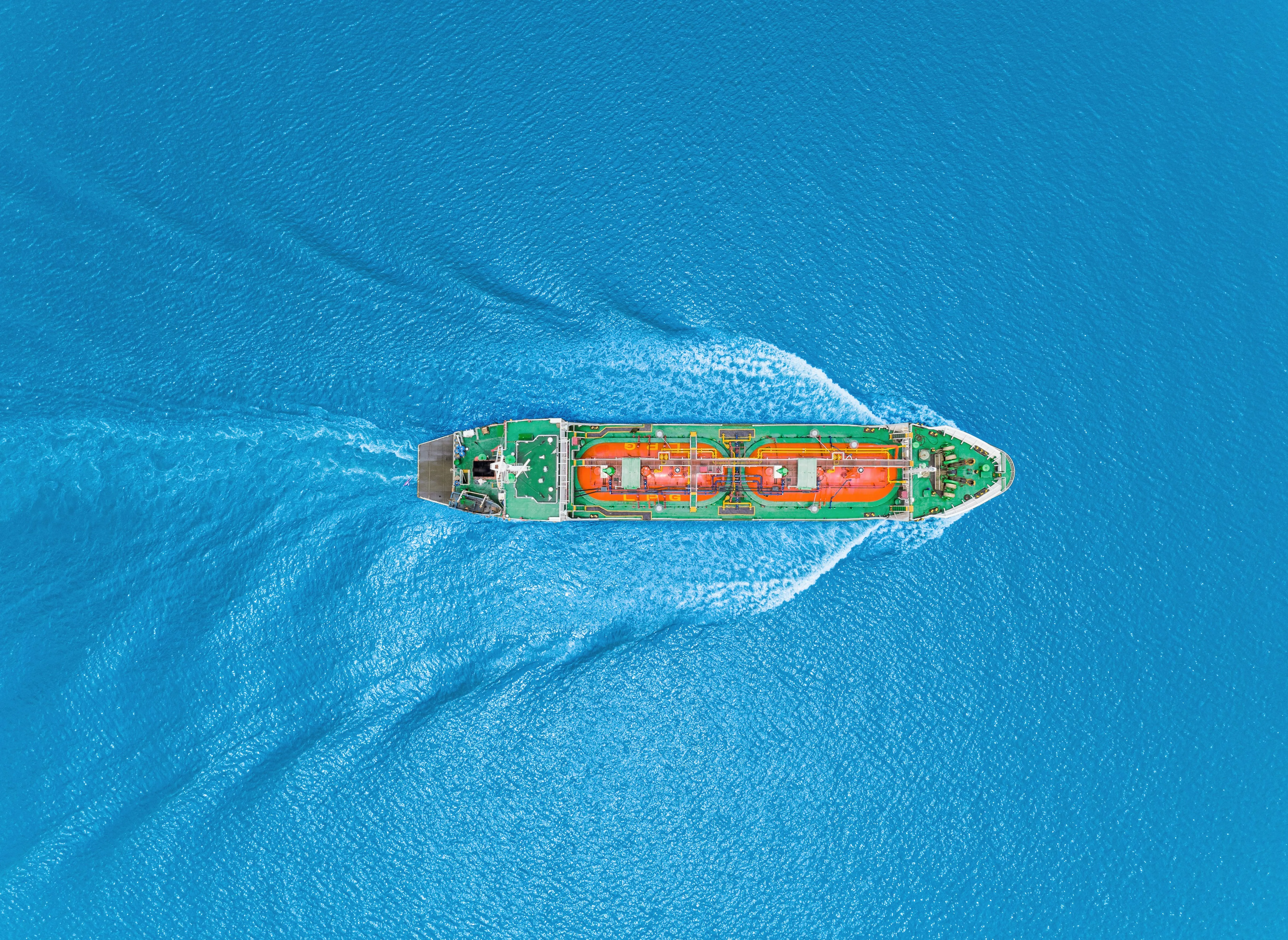Total Maximum Daily Load Studies (TMDL)
Challenges with Total Maximum Daily Load Studies (TMDL)
The need for detailed plans describing the restoration of impaired waters is widely recognized in developed countries. TMDL studies outline the maximum amount of pollutant a body of water can receive without violating water quality standards, and an allocation of that amount to the pollutant sources. Determining the Wasteload Allocation, the portion of a receiving water’s assimilative capacity that is allocated to one of its existing or future point sources of pollution, is often required in a TMDL study. Numerical modeling is an indispensable component of these studies.
Solutions Provided by EEMS
EFDC+ has been used in dozens of TMDL studies and is widely recognized in North America as the ideal tool for such work. EEMS has been refined over the years to provide users with everything they need to perform such studies quickly and efficiently including coupling with watershed model outputs, support for efficient iterative modeling, a range of statistical analysis tools, powerful visualization features, and model to model comparison options.
Example Studies
A watershed pollutant loading model and a receiving water quality/ hydrodynamic model for dissolved oxygen and nutrients were setup, calibrated, and validated. These models were used to develop TMDLs for the tidally influenced and impaired segment of Stevenson Creek, Florida.
Tenkiller Ferry Lake WQ Study, OK/IL, USA
DSI developed a linked watershed, hydrodynamic and water quality model of a portion of the Illinois Basin as part of development of a TMDL for Tenkiller Ferry Lake, OK. The Lake is identified as impaired because of elevated nutrients, and it is a high-priority target for TMDL development. The HSPF watershed model was used to simulate watershed runoff and point and nonpoint source loads from the watershed. The HSPF model was recalibrated to a 20 year simulation period. The HSPF provided flow, total phosphorus, total nitrogen and organic loads. These HSPF results were then linked to the 3D EFDC+ model of Lake Tenkiller. A two year simulation period was used for calibration of the EFDC water quality model. The calibrated model was then used to conduct load reduction scenarios as part of the TMDL process.
